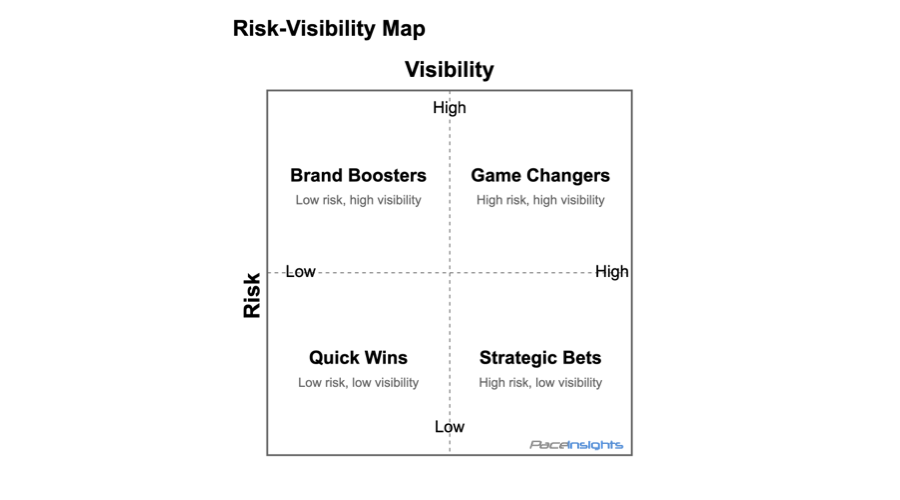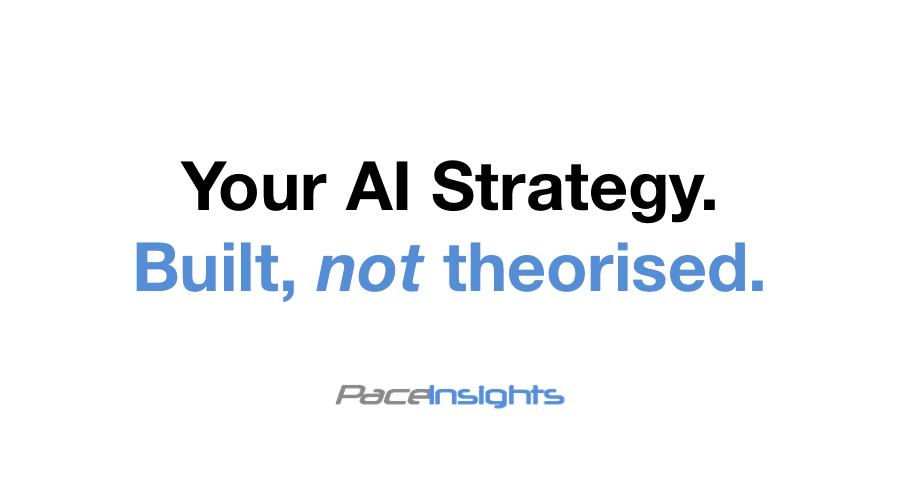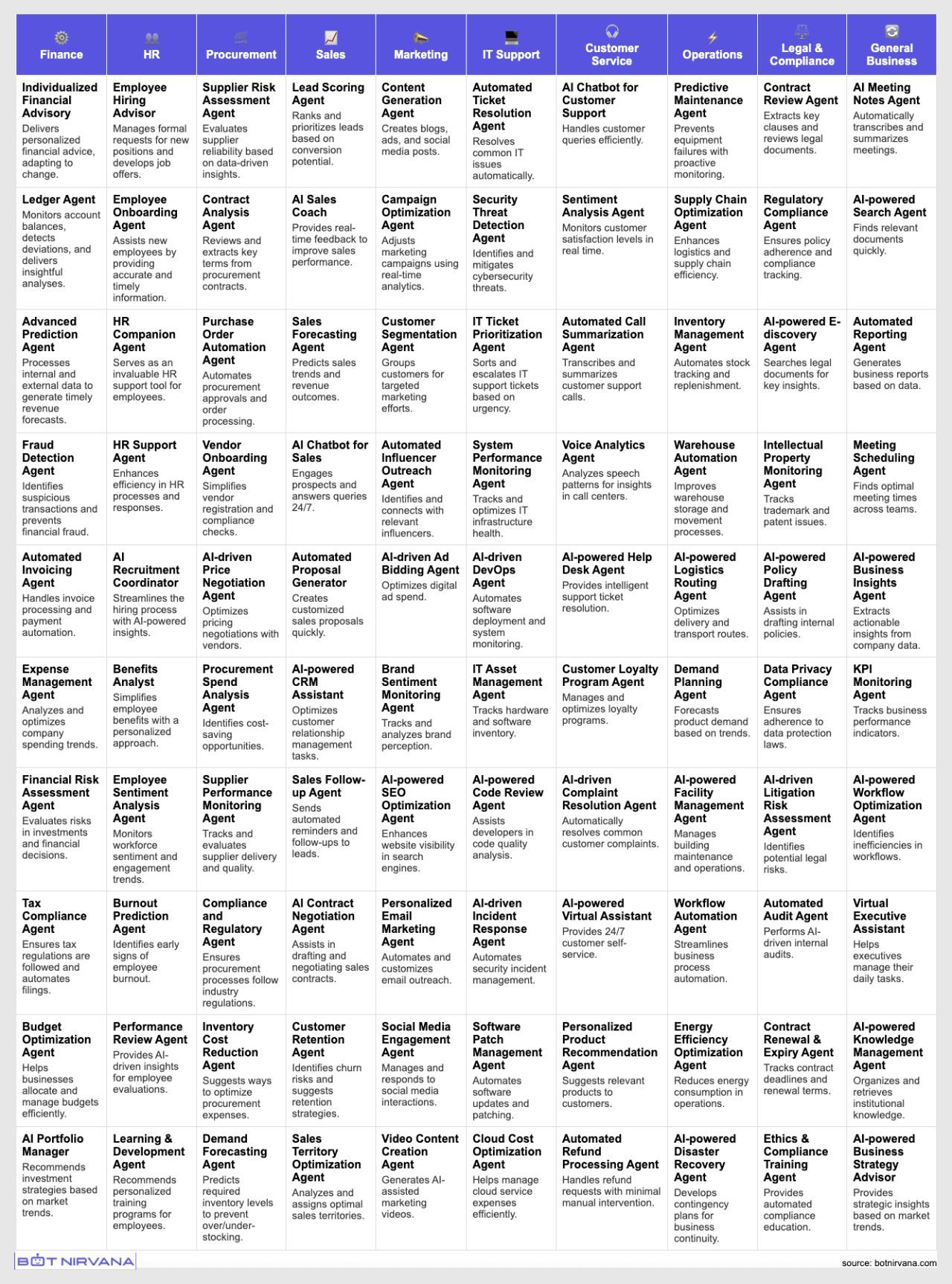· Strategy · 5 min read
How to Adopt AI Successfully - Samir's Risk-Visibility Map
Adopting artificial intelligence (AI) can feel like navigating uncharted territory. This article shows you how to use a Risk-Visibility Map to guide AI adoption.

How to Adopt AI Successfully: Samir’s Risk-Visibility Map
Adopting artificial intelligence (AI) can feel like navigating uncharted territory. For many business owners, curiosity about AI is tempered by concerns about cost, complexity, and team adoption. You may wonder, “Is this worth it?” or worry about making costly mistakes that set your business back rather than moving it forward.
These concerns are valid. The truth is, integrating AI into your business isn’t just about keeping up with competitors – it’s about ensuring your company remains profitable, innovative, and celebrated by customers and industry peers for staying ahead of the curve.
If you’ve ever felt uncertain about how to start or how to avoid a “mud-against-the-wall” approach, you’re not alone. The path to successful AI adoption doesn’t start with jumping into the latest trends. It begins with a clear, strategic framework tailored to your business.
If you enjoy this article, consider subscribing to my newsletter, “AI by Example,” to receive actionable insights delivered straight to your inbox.
Taking the Pressure Off
The first thing to recognise is that no two businesses will approach AI adoption in the same way. Each company has unique strengths, challenges, and opportunities.
The key isn’t to follow someone else’s roadmap – it’s to create one that works for your specific context. Whether you’re a retail business looking to improve customer experience or a manufacturing firm aiming to optimise operations, the goal is to focus on initiatives that align with your priorities and capabilities.
Rather than worrying about “what’s best” or feeling pressured to act quickly, start by asking:
- What problems are we trying to solve?
- Where could AI add the most value to our business?
- What risks are we willing and able to take?
Structuring Your AI Journey
One approach that I’ve had a lot of success with is using a tool I created called a Risk-Visibility Map. This tool helps businesses prioritise their AI initiatives by balancing potential value with public and internal exposure. It makes the decision-making process clearer and easier to navigate, which helps prioritise potential AI initiatives. The two axes are Risk and Visibility:
- Risk reflects the potential value and complexity of a project. Low-risk initiatives are safer but offer limited rewards, while high-risk initiatives often require greater resources and commitment but can deliver transformative results.
- Visibility captures how public an initiative is, both internally and externally. High-visibility projects make bold statements to customers and competitors, while low-visibility projects allow for experimentation behind closed doors.
The Four Quadrants
Low Risk, Low Visibility (Quick Wins)
- Examples: Automating routine internal tasks like client meeting scheduling or document filing.
- Why it matters: These projects build confidence and familiarity with AI while delivering immediate, tangible benefits.
High Risk, Low Visibility (Strategic Bets)
- Examples: Creating AI-driven systems to analyse client data for deeper insights or improve service delivery strategies.
- Why it matters: These initiatives allow you to test high-value ideas without the pressure of public scrutiny.
Low Risk, High Visibility (Brand Boosters)
- Examples: Implementing an AI-powered chatbot to handle client inquiries or creating personalised client outreach campaigns using AI.
- Why it matters: These projects signal innovation to your market while keeping risks manageable.
High Risk, High Visibility (Game Changers)
- Examples: Building an AI-driven consulting toolkit to deliver insights faster or developing bespoke AI solutions for high-value clients.
- Why it matters: Reserved for businesses with the confidence, resources, and stakeholder buy-in to make bold moves.
Putting It Into Practice
Once you’ve placed your AI ideas on the Risk-Visibility Map, it’s time to decide what to focus on. Here’s how you can approach it:
- Start with Quick Wins. These are easy projects that don’t take much time or money but show clear results. They’re great for building confidence and proving the value of AI to your team.
- Move on to Strategic Bets. These are higher-value ideas that you can test quietly. They’ll take more effort but can have a big impact on your business once they’re up and running.
- Use Brand Boosters to highlight your progress. These public-facing projects help you stand out in your industry and show customers that you’re forward-thinking.
- Tackle Game Changers when you’re ready for a bold move. These are transformative ideas that can redefine your business, but they’ll need careful planning and support.
Keep in mind that what feels risky or visible to you might be different for another business. Factors like the type of industry you’re in, your team’s expertise, and the resources you have available can all shape how you assess risk and visibility. For example, a tech company with a highly skilled team might find a predictive analytics project low risk, while a retail business with limited expertise might see it as a significant challenge. Your experience, resources, and goals all play a role in deciding what makes sense for you.
Keeping It Simple
AI adoption doesn’t have to be overwhelming. Whether you’re taking advice from me or someone else, the Risk-Visibility Map is here to make things simpler. It helps you clearly see your options and confidently answer the question, “Where do I start with AI?” By using this framework, you can break down the decision-making process, prioritise the right initiatives, and confidently take your first steps. By starting with clear goals and this structured framework, you can explore opportunities strategically, avoid unnecessary pitfalls, and maximise value for your business.
Most importantly, trust the process. AI is a journey, not a destination. Every small step you take builds momentum and confidence. Whether it’s starting with a simple idea or tackling a big challenge, this framework gives you the clarity to move forward with purpose and make AI work for your business. With the right approach, you’ll not only stay competitive but also position your business as a leader in your industry.




